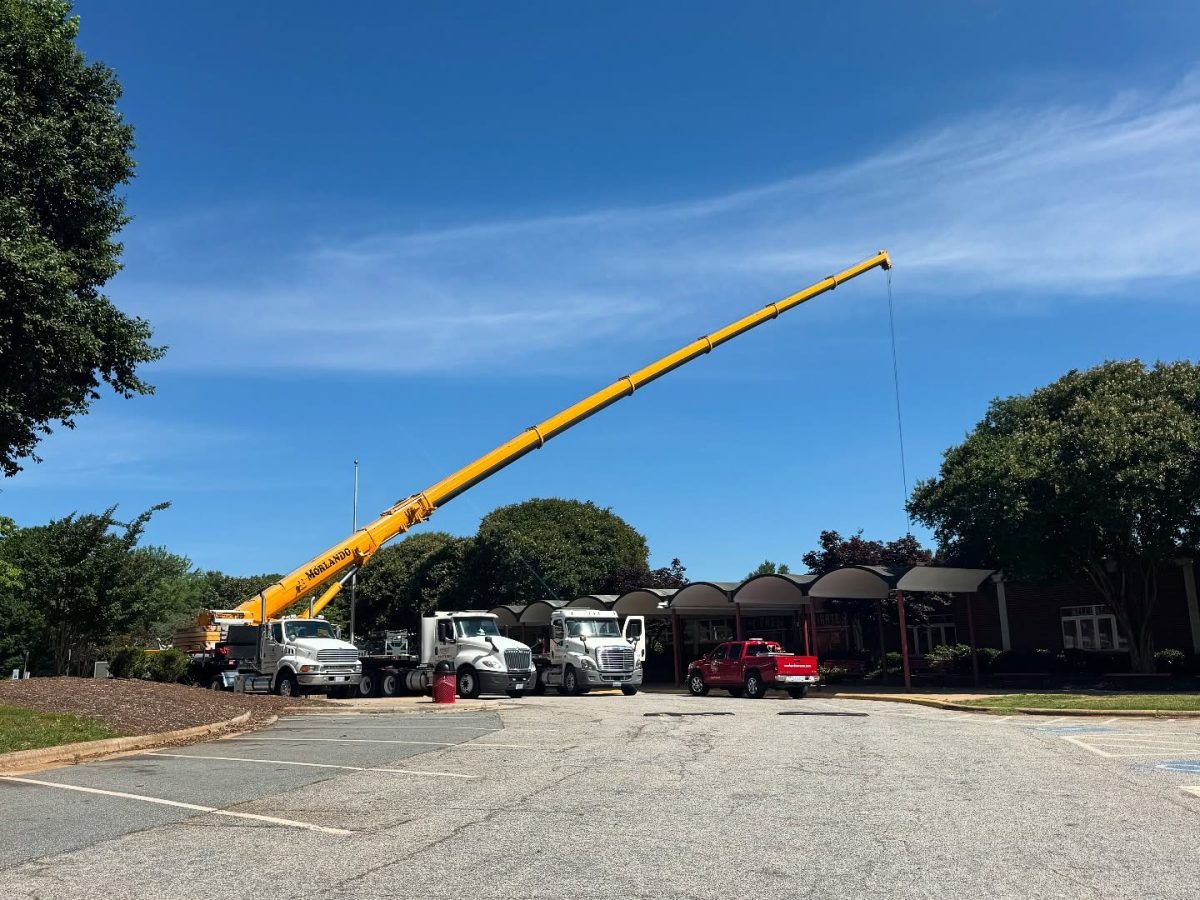Welcome to another week of Robertson’s Reportings! Super Tuesday was on March 3. The day was very important for candidates running for office this year. Super Tuesday is a day on which the largest number of states in one day in the U.S. hold primary elections. Former Vice President Joe Biden had the most success for the Democratic candidates, while President Trump led the Republican candidates for the presidential election. On the day after Super Tuesday, Former Democratic Mayor of New York Mike Bloomberg dropped out of the race and chose to endorse Biden. Shortly after this, Massachusetts Senator Elizabeth Warren dropped out.
The first case of the coronavirus has been reported in North Carolina, specifically Wake County. Health officials have claimed that the virus is under control and the case reported is isolated, meaning no other people have been infected yet and detection was early. So far, only nine people in the United States have died, most of which have been elders at a nursing home close to Seattle. Nearly 100,000 cases have been confirmed worldwide since the first reported cases from China on December 31, 2019.
Another deadly emergency has occurred in Nashville and other parts of Tennessee. A tornado destroyed homes and other buildings, and it killed at least 24 people. Winds from the storm were up to 155 miles per hour. The Tennessee State Prison, a very historic building, was torn to pieces, as debris from the prison littered the local grounds. One witness stated that “It’s like driving through a war zone.”
CRISPR, a family of DNA sequences found in genomes of prokaryotic organisms, was used for the first time on a human patient from Oregon. To simplify the idea of CRISPR, it is a tool for editing genes, particularly defective ones. The patient had inherited a blindness and recently underwent surgery involving CRISPR technology:
“Through a tube the width of a hair, doctors drip three drops of fluid containing the gene editing machinery just beneath the retina, the lining at the back of the eye that contains the light-sensing cells.”
It will take about a month to detect any side effects, although the risk is minimal, and it will also take at least a few weeks to determine any improvement in vision.
See you next time on Robertson’s Reportings, coverage you can count on!










